- Write by:
-
Wednesday, September 22, 2021 - 13:51:55
-
443 Visit
-
Print
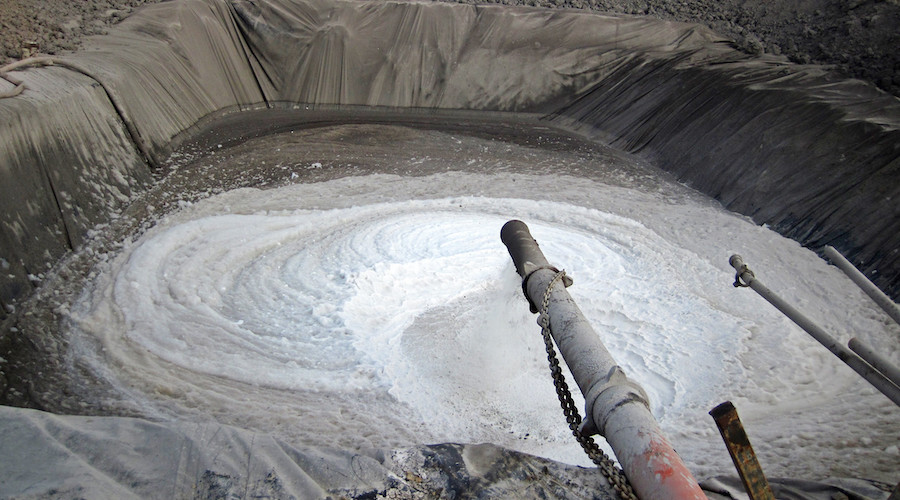
Mining News Pro - New research published in the journal Proceedings of the National Academies of Sciences proposes the idea of rapidly extracting lithium from contaminated water.
The process described in the paper is expected to simplify lithium extraction from aqueous brines, potentially creating a much larger supply and reducing the costs of the element for batteries to power electric vehicles, electronics and a wide range of other devices.
After describing that, at present, lithium is most commonly sourced from salt brines in South America using solar evaporation, a costly process that can take years and wastes much of the lithium along the way, the team behind the new study explains that they designed specific membranes to efficiently recover the metal from water generated in oil and gas production.
At the heart of the discovery is a novel polymer membrane they created using crown ethers, which are ligands with specific chemical functionality to bind certain ions. Crown ethers had not previously been applied or studied as integral parts of water treatment membranes, but they can target specific molecules in water — a key process for lithium extraction.
In most polymers, sodium travels through membranes faster than lithium. However, in these new materials, lithium travels faster than sodium, which is a common contaminant in lithium-containing brines. Through computer modelling, the team discovered why this was happening. Sodium ions bind with the crown ethers, slowing them down, while lithium ions remain unbound, enabling them to move more quickly through the polymer.
The findings represent a new frontier in membrane science that required above-and-beyond collaboration between The University of Texas at Austin and the University of California, Santa Barbara in such areas as polymer synthesis, membrane characterization and modelling simulation.
According to the researchers, the proposal is exciting because the calculations show that just a single week’s worth of water from hydraulic fracturing in Texas’ Eagle Ford Shale has the potential to produce enough lithium for 300 electric vehicle batteries, or 1.7 million smartphones.
In their view, this example shows the scale of opportunities for this new technique to increase lithium supply and lower costs for devices that rely on it.
Short Link:
https://www.miningnews.ir/En/News/616657
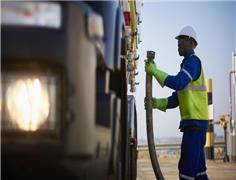
A Russian arbitration court ruled on Monday that four units of Swiss commodities trader Glencore will pay more than 11.4 ...

Chile’s state-run miner Codelco plans to select a partner for a future lithium project in one of the country’s top salt ...
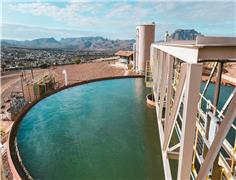
A Native American group has asked all members of a US appeals court on Monday to overturn an earlier ruling that granted ...

The London Metal Exchange (LME) on Saturday banned from its system Russian metal produced on or after April 13 to comply ...

Chile’s SQM called another investors meeting at the request of its second-largest shareholder, Tianqi Lithium Corp., ...

The world’s coal-fired power capacity grew 2% last year, its highest annual increase since 2016, driven by new builds in ...
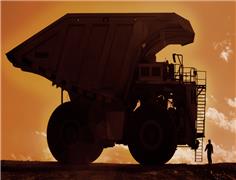
Peabody Energy Corp. shares sunk to the lowest in seven months after the biggest US coal miner warned that first-quarter ...
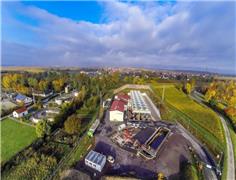
Lithium supplier Vulcan Energy on Wednesday announced the start of production of the first lithium chloride at its ...

BMO Bank quietly dropped its policy restricting lending to the coal industry in late 2023, helping it avoid being ...
No comments have been posted yet ...